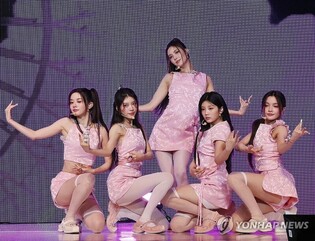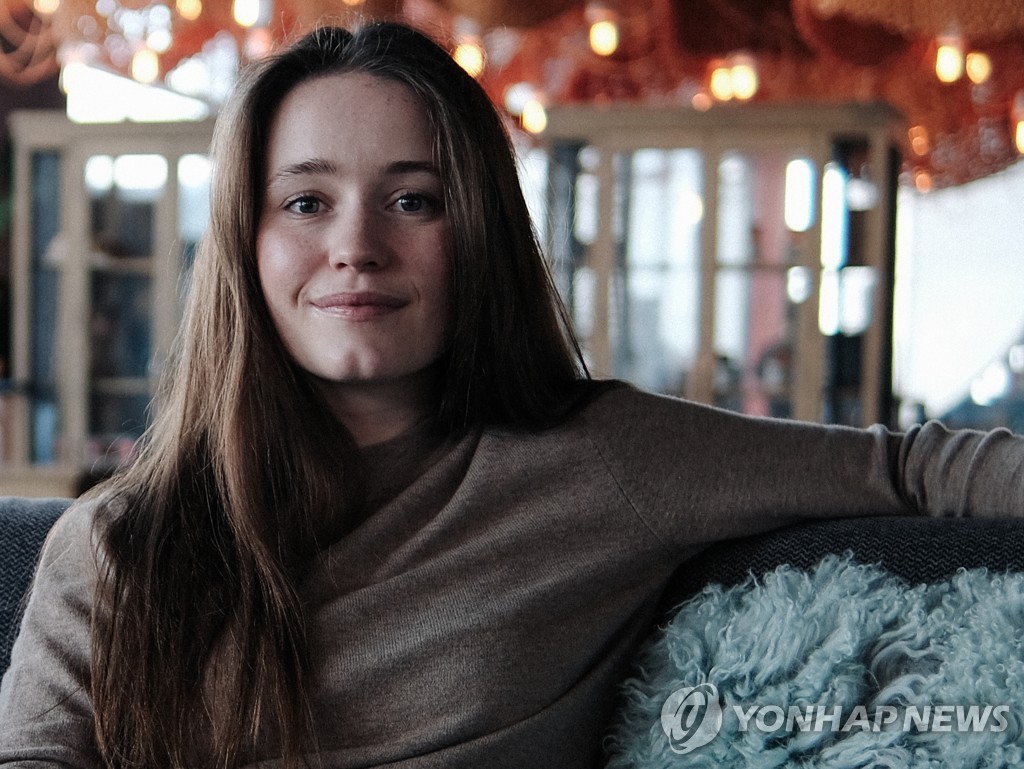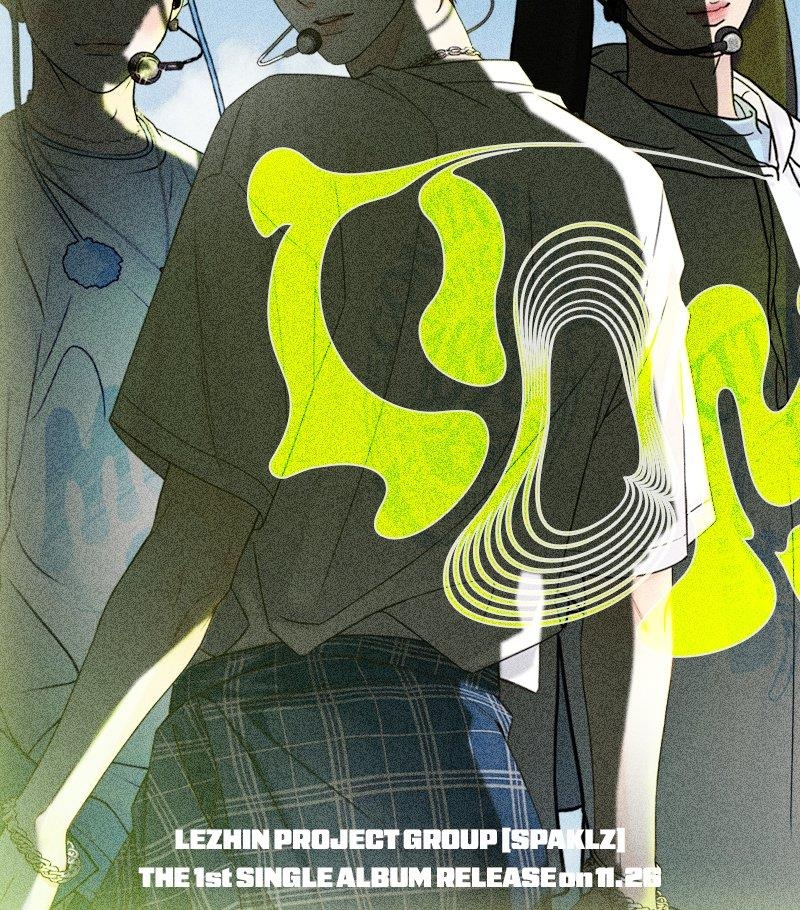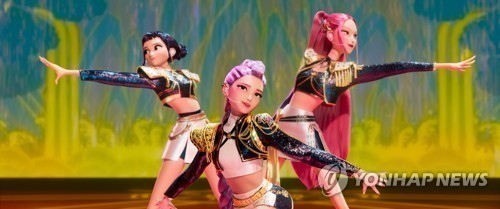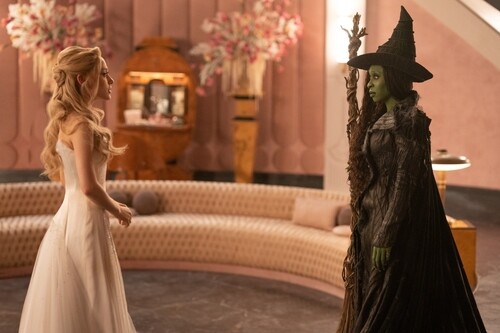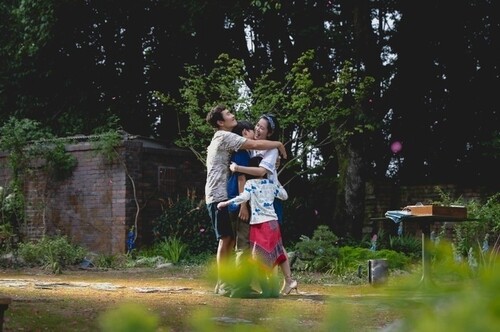*Editor’s note: K-VIBE invites experts from various K-culture sectors to share their extraordinary discovery about the Korean culture.
Chapter 2. Theory and Knowledge of Metaverse
The Philosophical Origins of Virtual Reality
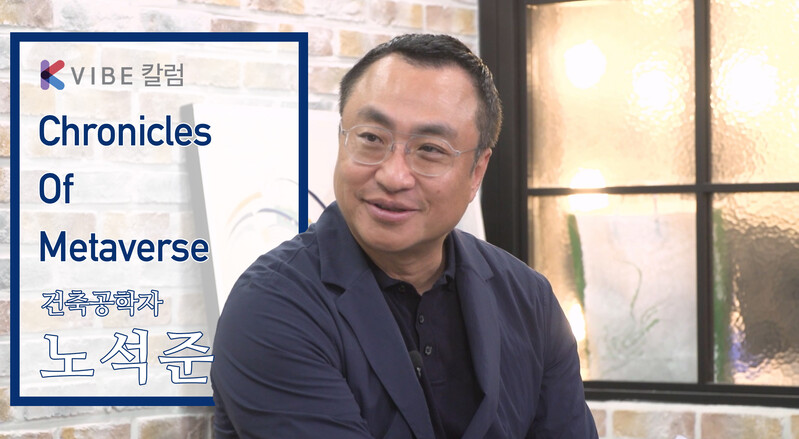
One of the core ideas in understanding the metaverse is "Virtual Reality," which today is often limited to the technological realm as VR. However, this term originally encompasses a far broader and more philosophical meaning. The concept of "virtual" itself originates from the medieval Latin word "virtualis," which implies potentiality or latent possibilities—things that have the potential to be real but are not yet actualized.
In philosophical terms, virtuality refers to something that possesses a potential existence but has not yet manifested in reality. It is a state of being where possibilities exist in a latent form, ready to be realized under certain conditions. For example, when we observe dark clouds in the sky and feel the humidity in the air, we anticipate the possibility of rain—although it is not raining yet, the potential for rain is present. This illustrates the concept of virtuality as something that holds potential but is not yet actualized.
Virtuality, Simulacra, and Beyond Reality
The concept of virtuality has been examined and redefined by various philosophers, particularly in modern times by French thinkers such as Gilles Deleuze, Henri Bergson, and Jean Baudrillard.
Gilles Deleuze is one of the key figures in defining virtuality. He argued that the virtual is a state before actualization, where potentiality is inherent. Although it does not exist in a tangible form, it is real in a conceptual sense. Deleuze viewed virtuality as a latent reality that can manifest in various forms and ways, suggesting that virtuality is a real condition, even if it hasn't yet taken shape in the physical world.
In his work "Bergsonism," Deleuze further distinguishes between virtuality and actuality. He describes virtuality as something that exists in potential and actuality as something that exists in reality. Both, he asserts, are components of reality itself. This distinction highlights that virtuality is an intrinsic part of reality, even if it is not always physically present.
Brian Massumi offers another perspective on virtuality, emphasizing that it cannot be fully grasped through sensory experience alone. In his book "Parables for the Virtual," Massumi explains that the virtual is perceived through its effects and influences, rather than through direct sensory perception. He uses topology—a branch of mathematics dealing with the properties of space that are preserved under continuous transformations—to describe how virtual images or forms are created through overlapping results of various transformations. These virtual characteristics, although often invisible and difficult to chart or diagram, can be understood through imagination and sensory experience.
French philosopher and sociologist Jean Baudrillard offered a profound analysis of the relationship between the virtual and the real in his seminal work Simulacra and Simulation. Baudrillard introduces the concepts of simulacra and simulation, which extend from the idea of simulation. He defines a simulacrum as "a copy without an original," something that does not exist in reality but is perceived as more real and vivid than the actual reality.
Reality vs. Simulacra
A well-known example of Baudrillard's concept of simulacra is the virtual world depicted in the film The Matrix. Directors Lilly and Lana Wachowski were reportedly inspired by Baudrillard’s Simulacra and Simulation when they created the 1999 film. In The Matrix, the characters believe that the digital world created by machines—the Matrix—is the real world. However, the actual world is nothing but a vast system designed to plug humans into this simulated reality, where they can vividly experience the world they desire. Though it is a fictional film, The Matrix perfectly encapsulates Baudrillard's argument that a virtual, illusory world can be perceived as more real than the actual world.
Baudrillard posits that in contemporary society, simulacra often replace reality and sometimes even dictate the terms of reality itself. He argues that simulacra dominate the real world to such an extent that the original reality becomes irrelevant or subordinate to its copy. Baudrillard uses the examples of Mickey Mouse and Disneyland to illustrate this phenomenon.
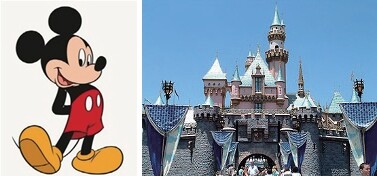 |
| ▲ Mickey Mouse and Disneyland |
According to Baudrillard, Mickey Mouse, originally based on a real-world mouse, is no longer just a cartoon character. Instead, Mickey has become a new, virtual being—walking on two legs and speaking like a human, vastly different from the dirty and detested rodent of the real world. Mickey Mouse has transformed into a beloved global icon, the best friend of children and a source of nostalgia for adults. This transformation represents how the simulacrum of a "mouse" has evolved into something entirely different, valued far more than its original inspiration.
Similarly, Baudrillard critiques Disneyland
as a world built on the reproduction of false realities. He argues that
Disneyland is not just an amusement park but a microcosm of how modern society
creates and sells false values. Baudrillard goes so far as to claim that
American society itself resembles a vast Disneyland, where all aspects of life
are driven by the production and consumption of simulated values, leading
people to immerse themselves in illusions rather than reality. Through this
lens, Baudrillard offers a biting critique of modern capitalist society,
suggesting that it is characterized by a pervasive detachment from reality,
driven by the omnipresence of simulacra.
The relationship between originals and replicas is a critical concept when considering the future of the metaverse. This dynamic has been a focal point in Western philosophy for centuries, particularly in discussions about the nature of reality, representation, and the consequences of technological advancements.
The Greek philosopher Plato categorized the world into three levels. The highest level is the metaphysical realm of ideas (ideals), where the true essence and original forms of all things reside. The world we inhabit is a mere replication of these ideals, and at the lowest level are simulacra—replications of the replicated world, such as artistic creations, which are even further removed from the original.
This Platonic view persisted until the Renaissance and the Scientific Revolution, which marked a significant shift in how replicas were perceived. During this period, the emphasis was on scientific accuracy and fidelity in reproductions. Artists, scientists, and explorers sought to create representations—whether in art, botanical illustrations, or astronomical charts—that were as close to the original as possible, thereby elevating the status of replicas to be nearly as valuable as the originals.
With the advent of digital technology, this phenomenon has intensified. The rise of social networks, digital media, and now the metaverse, has led to a vast array of simulacra in the form of images, videos, avatars, and holograms. These digital replicas are not only widespread but are also deeply integrated into the fabric of modern life, often becoming more "real" than the physical objects or experiences they replicate.
As we look toward a future shaped by the metaverse, the relationship between originals and replicas will undergo further transformation. In the metaverse, the line between the real and the virtual will blur, and new dynamics between originals and replicas will emerge. This shift will have both positive and negative consequences, requiring careful consideration and thoughtful navigation.
(C) Yonhap News Agency. All Rights Reserved








